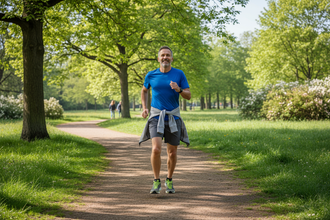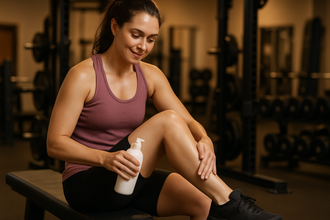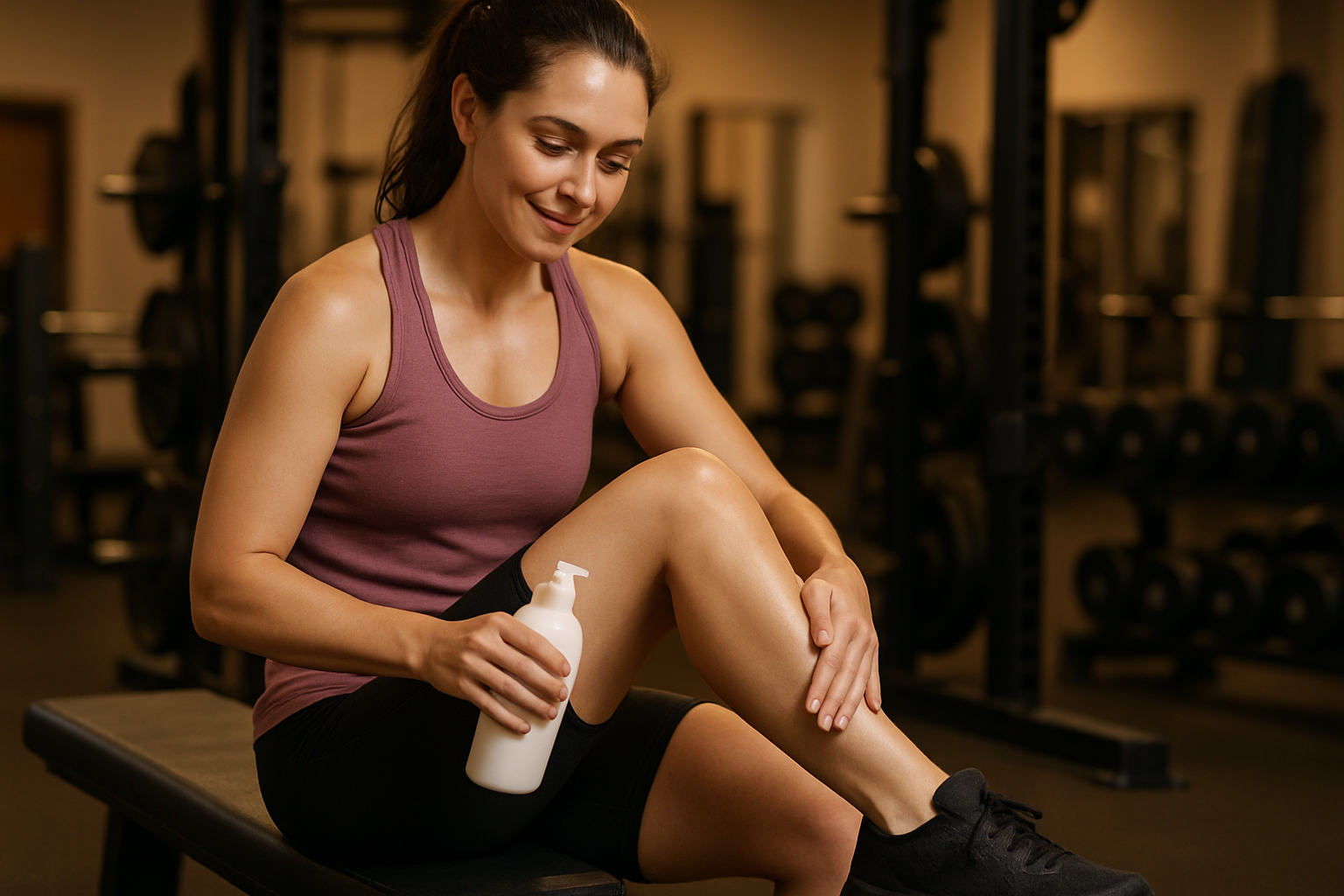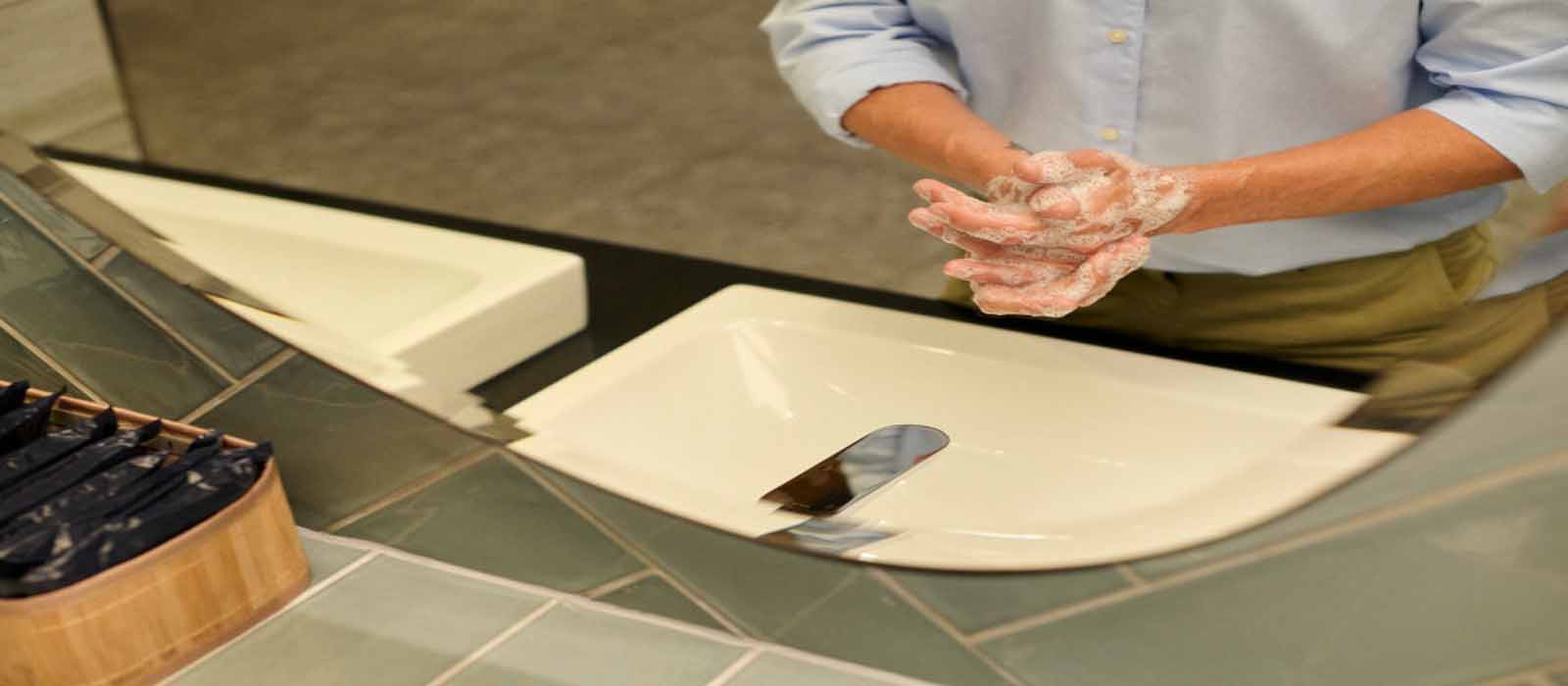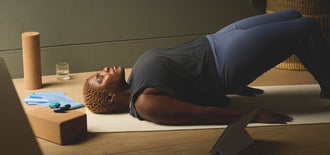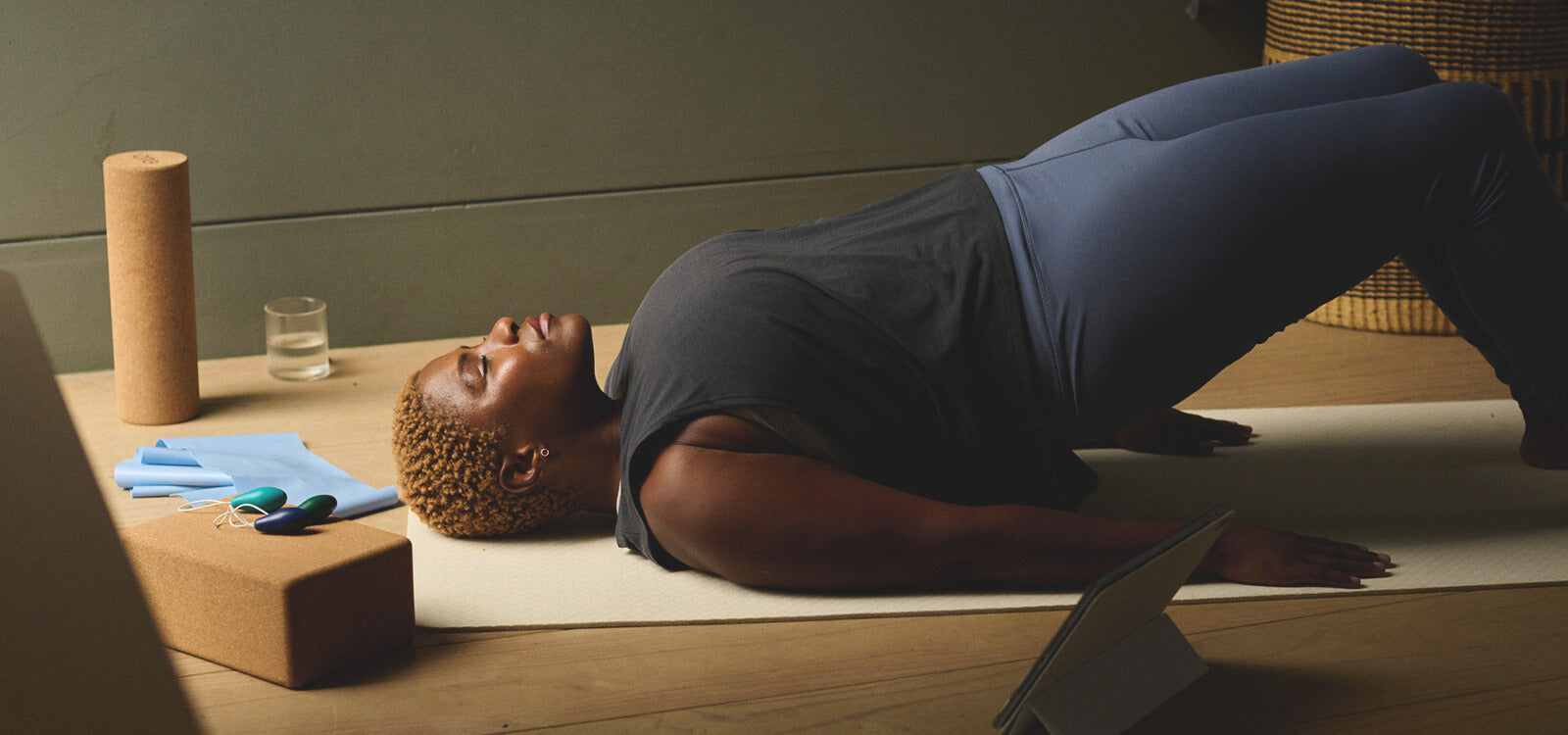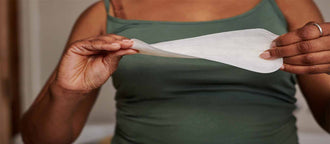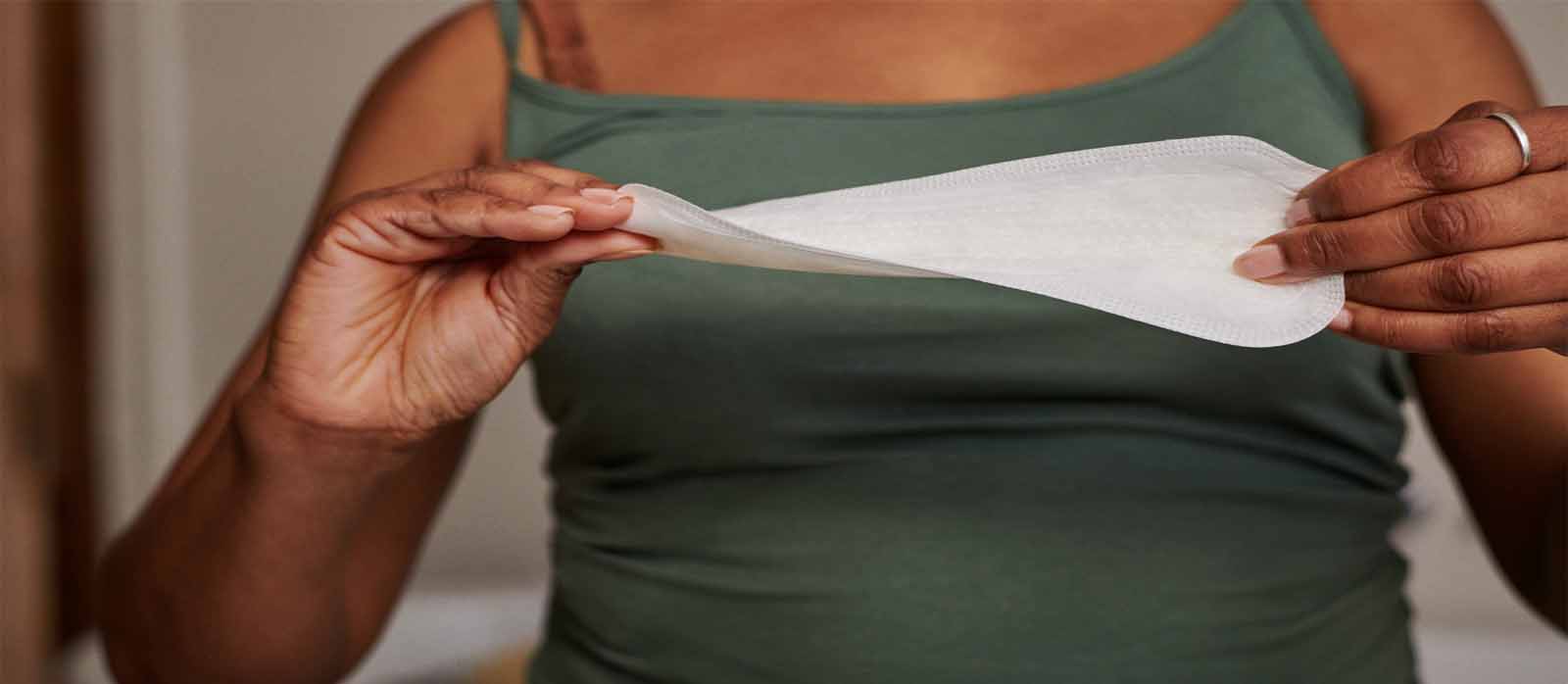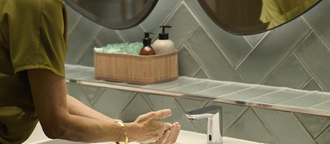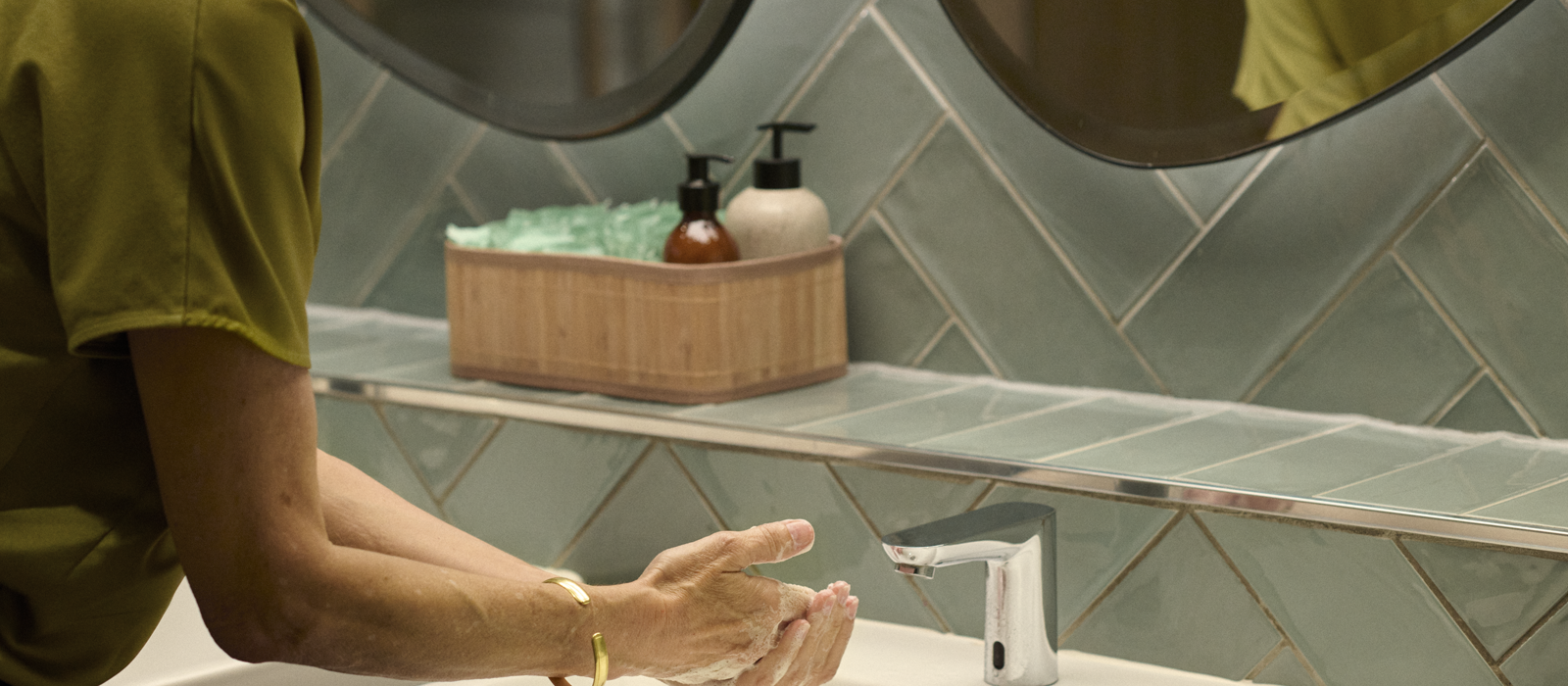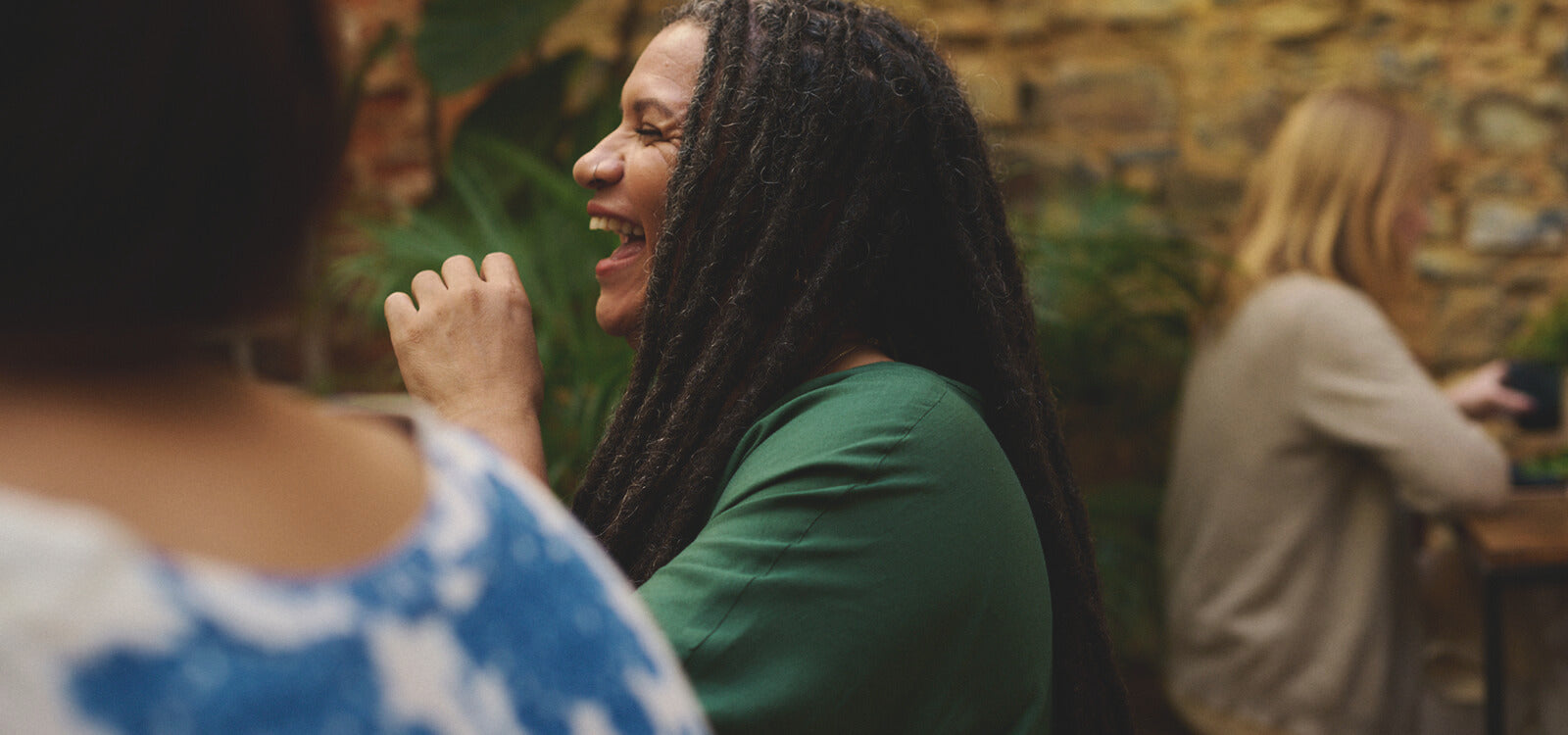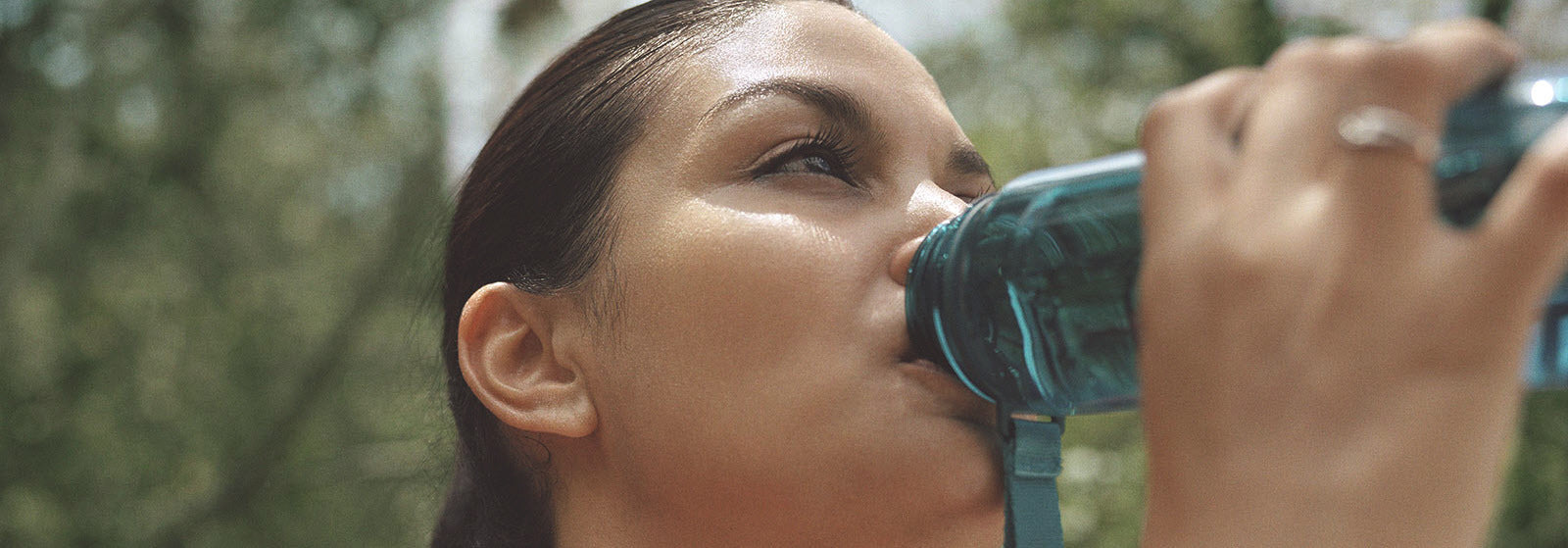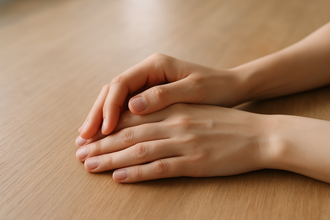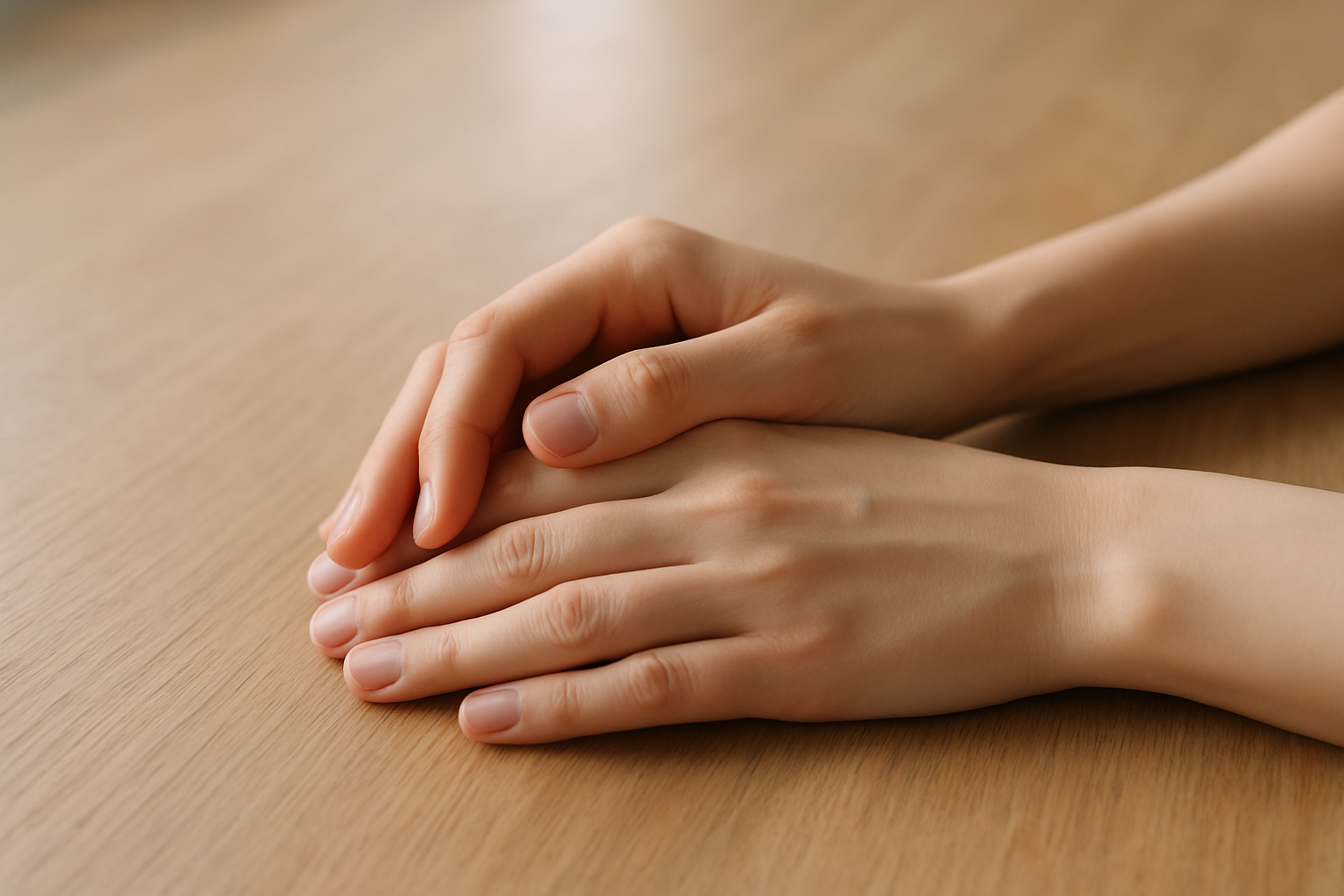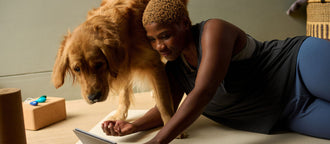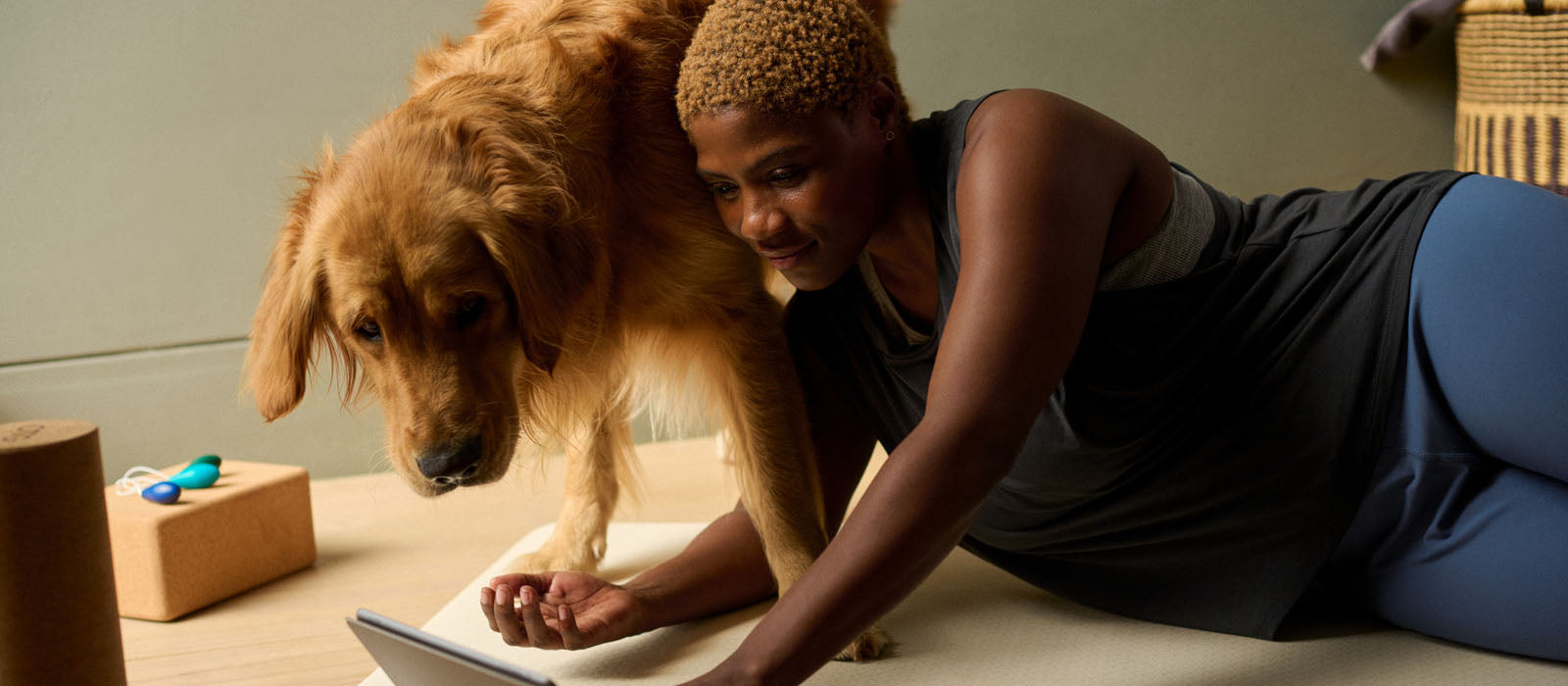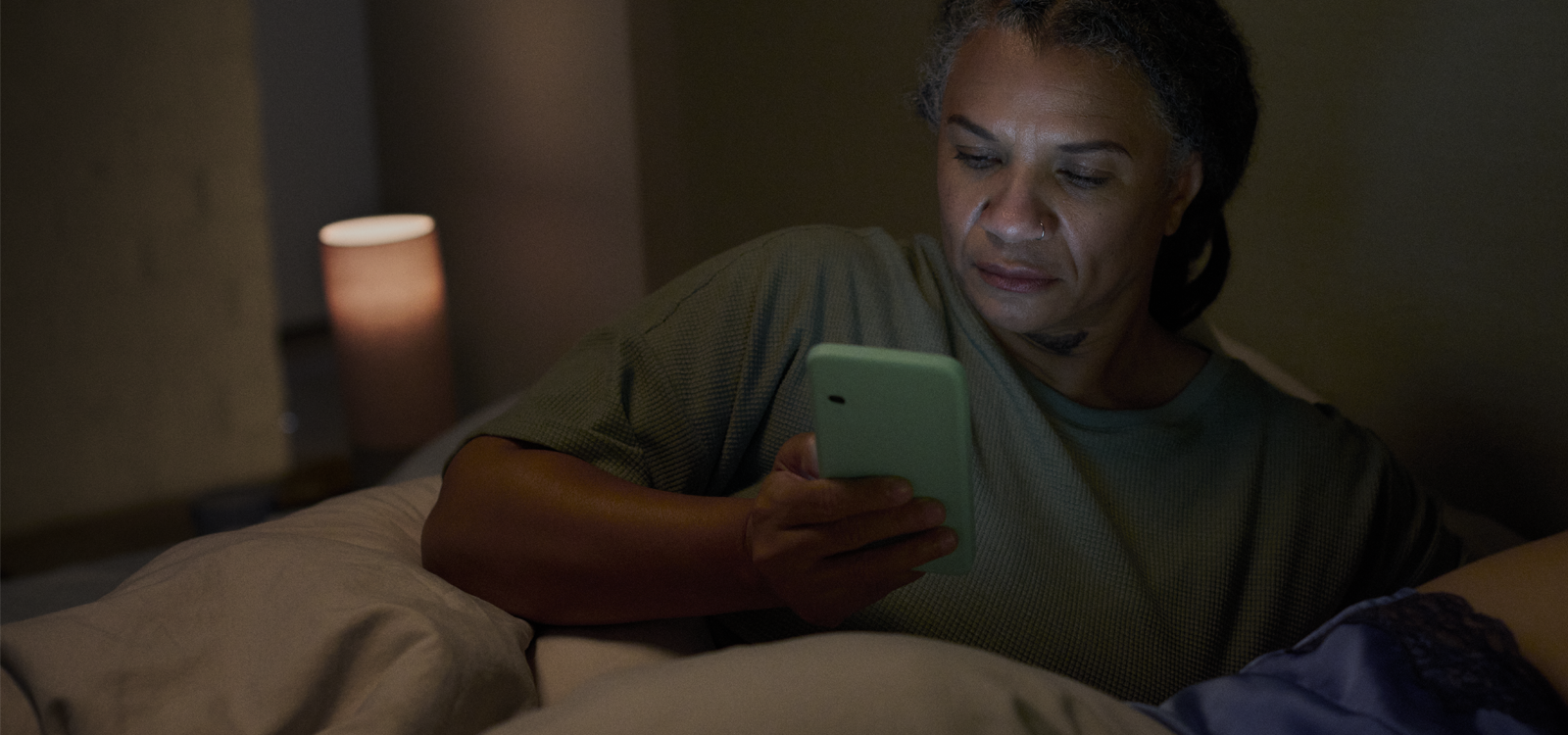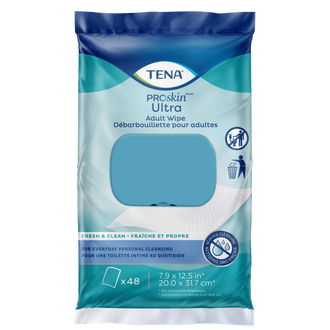May 08, 2025
If you have diabetes and have noticed some unexpected bladder issues crop up (like running to the bathroom more often or dealing with leaks), you’re not alone. It’s actually pretty common.
But why does diabetes mess with your bladder in the first place? The short answer: high blood sugar can do a number on your nerves, immune system, and even your weight, all of which can make bladder control trickier. Let’s break it down.
Why Does Diabetes Affect the Bladder?
Diabetes affects bladder function in several ways. Over time, high blood sugar can damage nerves, contribute to a compromised immune system, and make infections more likely. All these things can lead to bladder problems like leaks, urgency, or difficulty fully emptying your bladder.1 Here’s what’s happening behind the scenes.
Nerve Damage
Your bladder relies on a network of nerves to send signals to your brain, letting you know when it’s time to go. But when blood sugar stays too high for too long, those nerves can get damaged, leading to a condition called diabetic neuropathy.2 This can cause two big problems:
- You might feel a sudden urge to pee often. This is called urgency incontinence.2
- You might find that you can’t feel when your bladder is full. Over time, having a bladder that is too full can cause further damage to your bladder muscles, causing urinary retention.2 This contributes to the feeling of always having to go to the bathroom.2
Either way, you’re left dealing with frustrating bladder issues that can make daily life more complicated.
UTIs (Urinary Tract Infections)
Here’s another not-so-fun side effect: people with diabetes are more prone to UTIs.2 Why? Because extra sugar in your urine can create the perfect environment for bacteria to thrive. This can lead to irritation, frequent urges to go, and even worsen incontinence. And if UTIs keep coming back, they can worsen urinary retention and leaking.2
Weakened Immune System
Your immune system plays a big role in keeping your bladder healthy and fighting off infections. But diabetes can weaken this defense system, by adding additional stress to the immune system.3 This means more frequent urgency, discomfort, and leaks, especially if infections become a recurring issue.1
Side Effects of Diabetes Medications
Some diabetes medications help lower blood sugar but can also lead to diarrhea, contributing to incontinence.1 If you’ve noticed a change in your bladder habits after starting a new medication, it’s worth chatting with your doctor to see if an adjustment is needed.
Excess Weight on Bladder
If you have type 2 diabetes, you might also be carrying extra weight, which can put pressure on your bladder and pelvic floor muscles.3 This added strain makes it more likely for leaks to happen,3 especially when you sneeze, cough, or exercise. The reassuring news is that even small weight changes can help take some pressure off and improve bladder control.
What Kinds of Incontinence Are Linked to Diabetes?
Diabetes doesn’t just affect your blood sugar; it can also play a big role in bladder control. There are four main types of incontinence linked to diabetes. Understanding them can help you figure out the best way to manage your symptoms.
Urge Incontinence
Ever feel like you have to go right now, even if you just went? That’s urge incontinence. It happens when the bladder muscles contract too often, leading to frequent, sudden urges to go.1
Overflow Incontinence
If your bladder never seems to empty completely and you’re dealing with constant dribbling or unexpected leaks, you might have overflow incontinence. Diabetes-related nerve damage can make it harder for your bladder muscles to contract properly, causing leakage.1
Stress Incontinence
Ever experienced an unexpected leak when you laughed, sneezed, or exercised? That’s stress incontinence. It happens when pressure on the bladder (from movement or abdominal weight) overwhelms weakened pelvic floor muscles, causing urine to escape.1 Since type 2 diabetes is often linked to excess weight, this type of incontinence is more common in people managing the condition.2 Strengthening the pelvic floor can help reduce these leaks over time.
Mixed Incontinence – A Combination of Symptoms
Some people experience a mix of both urge and stress incontinence, meaning they get sudden urges to go and experience leaks when moving or laughing. Since this type of incontinence combines different symptoms, managing it often requires a tailored approach, like strengthening pelvic muscles while also finding ways to calm an overactive bladder.
Managing Urinary Incontinence When You Have Diabetes
If bladder leaks or urgency have been getting in the way of your daily life, there’s good news: you can take steps to improve your bladder health and manage diabetes. Small changes to your diet, exercise routine, and daily habits can make a big difference. Here’s how to regain control and feel more confident.
How Diet Can Support Bladder Health
What you eat and drink plays a huge role in both blood sugar control and bladder health. Choosing bladder-friendly, diabetes-safe foods can help reduce irritation and improve overall function. Here are some key tips:
- Eat more fiber. Foods that are rich in fiber, like vegetables, fruit, and bran, can help prevent constipation, which tends to put pressure on the bladder.1
- Stay hydrated. Drinking enough water keeps your bladder healthy, but sipping throughout the day (rather than chugging large amounts at once) can prevent sudden urges, especially at night.3
- Limit bladder irritants. Spicy foods, alcohol, artificial sweeteners, and caffeine can make incontinence worse.
- Watch your sugar intake. High blood sugar can increase urine production and bladder irritation, so balance meals with protein and fiber.3
Find out more about what to eat and drink for bladder and kidney health.
Strengthening the Pelvic Floor with Exercise
Your pelvic floor muscles are the key players in bladder control. Strengthening them can help reduce leaks.3 Kegel exercises are a simple way to build strength in these muscles, but for best results, consider working with a physiotherapist who can tailor exercises to your needs.
For women, Kegel exercises can help with stress incontinence (leaking when laughing or sneezing) by strengthening the muscles that support your bladder.
For men, pelvic floor exercises can also improve bladder control and even prostate health.
Training Your Bladder for Better Control
If you feel like you’re always running to the bathroom, bladder training may help. The goal is to gradually extend the time between bathroom trips, so your bladder learns to hold urine for longer periods. Here’s how:
- Set a schedule. Start by going every 1-2 hours, even if you don’t feel the urge.
- Gradually increase intervals. Try waiting a little longer between trips over time.
- Use relaxation techniques. Deep breathing and distraction can help control sudden urges.
With patience and consistency, bladder training can help reduce urgency and improve control.
Wearing Pads and Guards for Extra Protection
While you work on strengthening your bladder, using the right protection can give you peace of mind. Absorbent incontinence pads and guards are designed specifically for urine leaks, offering better protection, odor control, and skin health than regular period pads.
For men: Discreet guards and shields provide targeted protection. Explore incontinence products for men.
For women: Slim, breathable pads keep you dry and comfortable. Find incontinence products for women.
Taking Control of Your Bladder and Your Health
Managing diabetes-related incontinence can feel overwhelming, but remember — you’re not alone, and there are solutions. By making small changes to your diet, strengthening your pelvic floor, training your bladder, and using protective products, you can regain confidence and improve your quality of life.
The key is consistency. The more you incorporate these strategies into your routine, the better your bladder control will become. If you’re unsure where to start, talk to your doctor or a specialist who can guide you toward the best plan for your needs.
You can take control and every step you take toward better bladder health is a step toward feeling like yourself again.
References
1. Healthline. ‘Diabetes Incontinence: What You Should Know’. 2018. Available from: https://www.healthline.com/health/diabetes/incontinence
2. NIH. ‘Diabetes, sexual and bladder problems’. 2018. Available from: https://www.niddk.nih.gov/health-information/diabetes/overview/preventing-problems/sexual-bladder-problems
3. MedicalNewsToday. ‘What to know about T2DM and urinary incontinence’. 2024. Available from: https://www.medicalnewstoday.com/articles/type-2-diabetes-and-urinary-incontinence





